 Vegan, fair & duurzamer shoppen in Nederland 4.8
Vegan, fair & duurzamer shoppen in Nederland 4.8 



 Bekijk reviews
Bekijk reviewsX
01
Het merk onderzoeken
We screen all potential sellers’ websites and their product, material, about us and mission pages, before we reach out or get back to them, to get a first impression of how sustainable their businesses are.
- We do this to find anything we can about where and how their collections are produced, and whether the brand or the factory (as opposed to only the material) carries meaningful certifications like the Global Organic Textile Standard (GOTS).
- We also check how well they understand their environmental impact and how freely they use the term ‘sustainable’. Transparency is important and we’re always on the lookout for any greenwashing.
- We pay special attention to the fabrics and other materials used.
- (Tencel™ branded) lyocell, (organic) hemp, post-consumer recycled cotton or GOTS certified organic cotton, Econyl®, EcoVero™, (organic) linen, Piñatex® (plant-based leather from pineapple waste), cactus leather and cork are for instance all materials that are or can be more sustainable and we like to see used.
- Non-sustainable and/or animal-based materials like virgin synthetic materials like polyester or nylon, or regular cotton (unless deadstock), leather, PVC, silk and wool naturally are a no go.
- Here too we check for greenwashing. If a fashion brand calls their OEKO-TEX® Standard 100 certified cotton ‘sustainable’ for example, we know that they either have no actual knowledge of what either this certification or sustainability in general means, or that they’re consciously fluffing up how environmentally friendly they are. (This certification says nothing about a product being sustainable or not, it simply means that it has been tested for harmful substances and that the article therefore is harmless for human health. This kind of high product safety makes sense when shopping for textile toys, bedding or clothing for babies for instance.)
- Finally, we check whether what can be found on a ‘Sustainability’ or ‘Our Materials’ page matches what’s on a product page. Unfortunately it is common practice that brands eagerly discuss the most wonderful, environmentally friendly fabrics on these general webpages – but on closer inspection, only a small part of their collection turns out to be actually made from these fabrics.
- (In some instances a brand like this can still make it to our platform, but obviously only that part of the collection that we support and deem sustainable enough. This is usually the case for brands that only recently have adapted a more sustainable mindset and now produce their new collections more sustainably, while still having their older, less sustainable collections for sale on their websites.)
The less information a brand proactively shares on their own website about their materials and production process, the more rigorous we will be in scrutinising their answers to our questions.
02
Meeting & questioning the brand
Based on this information and with the many considerations mentioned above crystal clear in mind, we determine for our sustainable criterion whether we could be a match or not (mind you: this is just one of our 5 main values). We then continue by meeting them via a video call to discuss their operation further and get acquainted. At this time we ask any questions that may arise from having inspected their websites.
03
Onboarding the brand
If all of our questions get a satisfactory answer, we continue onboarding them onto our platform. The seller managers hand the new brand’s collection over to the product managers who continue the onboarding process from there. Adding a brand’s collection to our platform is mostly an automated process, but in this stage too, a human check is involved for every single product that we add to our marketplace. If our product managers are unsure whether a product is made from regular or organic cotton, they will contact the seller before allowing the product to be put online. They make sure no unwanted, unsustainable materials work their way into our collection.
We give a damn about Mama Earth – and all of her inhabitants that rely on this planet to sustainably exist for millennia to come. That’s why our entire collection is made more sustainably by brands who are dedicated to protect the environment.
Laatst bewerkt: augustus 2022
Dit is een van onze 5 kernwaarden. Wij zijn ook:
There are many ways in which clothes can be to a more or lesser extent environmentally (un)friendly. It’s rooted in the entire supply chain. It’s in what materials are used, how they’re grown or made and where they come from. It’s in the understanding that recycling can be but isn’t always the most environmentally sound option (from the chemical processes involved to make a new fabric, to microfibres still being released during washing anything synthetic: it’s a complicated matter). It’s in the amounts of water, type of dyes and chemicals applied in any stage of a fibre’s life cycle. It’s in the factories, where they’re located and what decisions they make regarding resources and waste solutions. It’s in the type of (single or multi-use) packaging chosen and the amounts of it. It’s in the many miles of transport from the place where resources and raw materials come from to the factories, via distribution centres and shops, to the people that eventually buy and wear these garments. It’s in how these people treat, wash and perhaps repair or resell them. It’s in how often, driven by fast fashion’s trends and corresponding levels of quality, they are replaced by new items. And it’s even in the end of their lives, the moment when clothes become waste – or by design, they don’t.
There are also many ways to make the supply chain and the life cycle of a garment more sustainable, some more impactful than others. Usually the fashion brands brazenly marketing the loudest that theirs are sustainable, aren’t – sometimes ignorantly overestimating their sustainability efforts or deliberately greenwashing their way towards making you feel good about shopping their actually not so sustainable products.
So how do you recognise what does make a difference?
index
1.
Nuance and minimalism are key
2.
A curated collection of the most sustainable brands we could find
3.
How do we make sure our collection is sustainable?
Combining research, knowledge and gut feelings
4.
Ons verificatieproces
5.
Read our articles about sustainability in fashion
index
Nuance and minimalism are key
A curated collection of the most sustainable brands we could find
How do we make sure our collection is sustainable?
Ons verificatieproces
Read our articles about sustainability in fashion
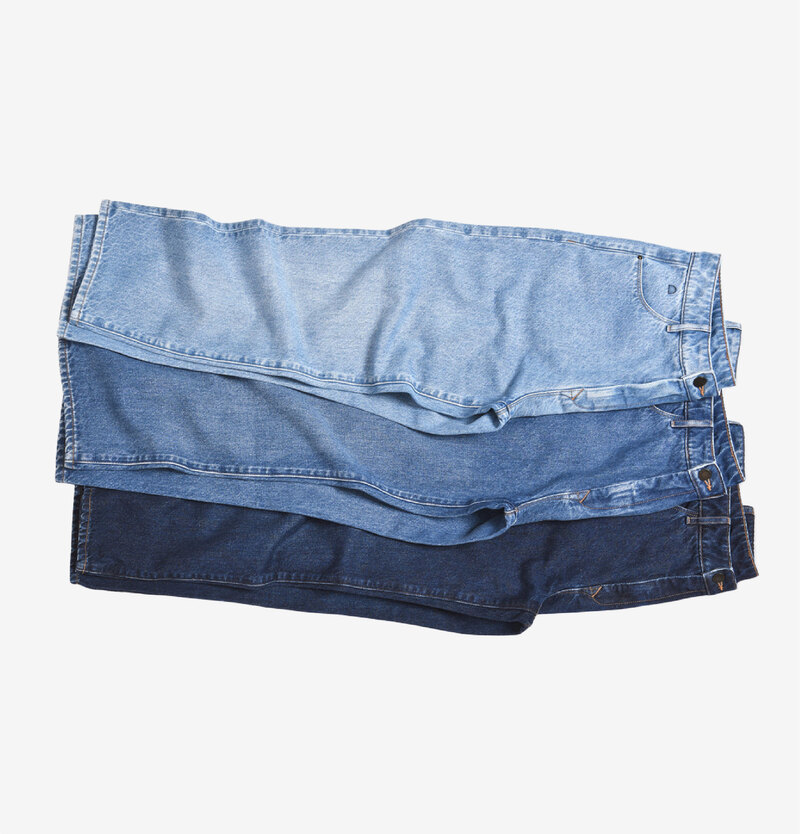
Nuance and minimalism are key
For years, we as a team and as individuals have been learning about the detrimental effects of the fashion industry on this planet, about environmental justice and intersectionality, and in which ways it may sometimes seem that a certain purpose-driven new brand, an innovative material, new type of packaging or complete production process is more sustainable than what it replaces, but often isn’t.
This is why we’ve become more and more nuanced with our statements about what is sustainable. And from a deep awareness how every single new item produced, shipped, used and eventually thrown away takes something from the Earth and has a certain environmental impact, we remind ourselves and you too to:
Shop with compassion. No more than you need. Always vegan, fair and as sustainably as possible.
Because no matter how sustainable the sourcing, fabric, production process, transport or waste management: nothing that is overconsumed can ever be sustainable.
A curated collection of the most sustainable brands we could find
We’ve partnered up with loads of mission-aligned sellers that are reinventing fashion in a way that is sustainable for years to come.
Together we’re making compassion and sustainability the new normal – one pair of jeans made entirely out of post-consumer recycled cotton, a fly fanny pack fashioned out of locally sourced deadstock material, reversible ECONYL® 2-in-1 bathing suit or ethically handmade cork pair of shoes at a time.

How do we make sure our collection is sustainable?
Combining research, knowledge and gut feelings
Our team of seller managers has years of experience in vetting thousands of fashion and cosmetics brands. We check and scrutinise thoroughly, we listen to our guts and we are committed to act on new insights to keep our existing collection as ethical as it’s intended to be. And we will offboard any seller that no longer lives up to our continuously deepening standards or matches emerging sustainability issues.
Before onboarding any new seller, we’ve got to be really sure about them, knowing that we’re about to offer them a platform to hundreds of thousands of conscious consumers looking for a sustainable find. We’ll search for more input until we’re confident that we are a match on all that matters to us. When we’re still in any doubt, a potential seller and their collection don’t make it to our platform. (Most of the brands we talk to, actually don't.)
Hoe we verifiëren
Read more about sustainable fashion
22 Feb 2022
De 2022 gids voor duurzame kleding
13 May 2021
Ethical & Sustainable Certifications, Explained
29 Jul 2021
Oh nee, het is Earth Overshoot Day!
04 Feb 2021
Mode en circulariteit: (hoe) gaat dat samen?
15 Jul 2020
Organic cotton vs regular cotton
16 Nov 2021
Born to buy? From consumerism to self-love
28 Sep 2020
Hoe start je je eigen vegan capsule wardrobe?
21 Jun 2021
In 4 stappen een zomerse capsule wardrobe!
01 Dec 2023
How Sustainable Are Your Christmas Gifts?
05 Feb 2021
Wij doen mee met Warmetruien-dag!
26 Jun 2019
Hoe shop je verantwoord(e) kleding?
05 May 2021
16x Vegan & Sustainable Materials In Fashion
28 Sep 2021
Hoe ethisch en duurzaam is jouw cosmetica?
.jpg)
 T-shirts & tops
T-shirts & tops  Blouses & overhemden
Blouses & overhemden 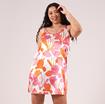 Jurken
Jurken 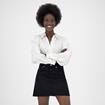 Rokken
Rokken 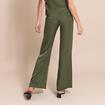 Broeken
Broeken  Jeans
Jeans 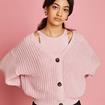 Gebreide truien & vesten
Gebreide truien & vesten 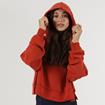 Hoodies & sweatshirts
Hoodies & sweatshirts 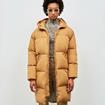 Jassen & blazers
Jassen & blazers 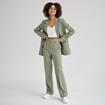 Pakken & co-ord sets
Pakken & co-ord sets 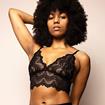 Lingerie & ondergoed
Lingerie & ondergoed 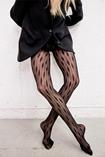 Beenmode
Beenmode  Lounge & nachtkleding
Lounge & nachtkleding  Sportkleding
Sportkleding  Jumpsuits & tuinbroeken
Jumpsuits & tuinbroeken 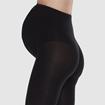 Zwangerschapskleding
Zwangerschapskleding 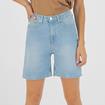 Shorts
Shorts .jpg) Zwemkleding
Zwemkleding 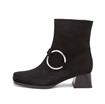
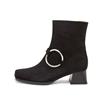 Laarzen & boots
Laarzen & boots  Sneakers
Sneakers 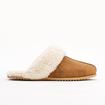 Pantoffels
Pantoffels  Hakken & pumps
Hakken & pumps 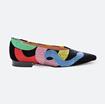 Loafers & ballerina's
Loafers & ballerina's 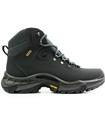 Wandelschoenen & sportschoenen
Wandelschoenen & sportschoenen 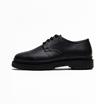 Veterschoenen
Veterschoenen 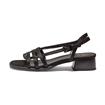 Sandalen & slippers
Sandalen & slippers  Schoenverzorging & accessoires
Schoenverzorging & accessoires 
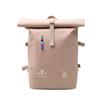 Rugzakken
Rugzakken 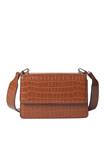 Crossbodytassen
Crossbodytassen 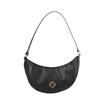 Handtassen
Handtassen  Schoudertassen
Schoudertassen 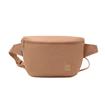 Heuptassen
Heuptassen 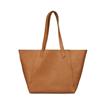 Shoppers & totes
Shoppers & totes 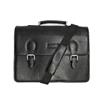 Laptoptassen & werktassen
Laptoptassen & werktassen 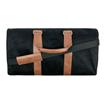 Weekendtassen & sporttassen
Weekendtassen & sporttassen  Clutches
Clutches  Toilettassen
Toilettassen 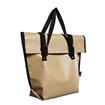 Fietstassen
Fietstassen 
.jpg) Hoeden, petten & mutsen
Hoeden, petten & mutsen  Sjaals
Sjaals 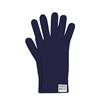 Handschoenen
Handschoenen 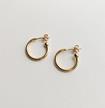 Sieraden
Sieraden 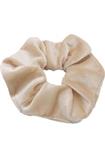 Haaraccessoires
Haaraccessoires 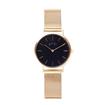 Horloges
Horloges 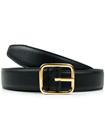 Riemen
Riemen 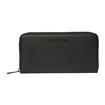 Portemonnees
Portemonnees  Zonnebrillen
Zonnebrillen 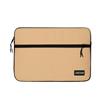 Laptophoezen & telefoonhoesjes
Laptophoezen & telefoonhoesjes 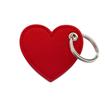 Sleutelhangers
Sleutelhangers 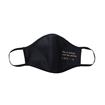 Mondkapjes
Mondkapjes 
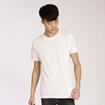 T-shirts & polo's
T-shirts & polo's 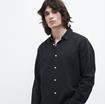 Overhemden
Overhemden 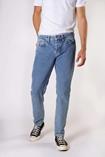 Jeans
Jeans 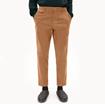 Broeken
Broeken  Jassen & blazers
Jassen & blazers 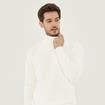 Gebreide truien & vesten
Gebreide truien & vesten 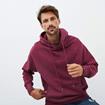 Hoodies & sweatshirts
Hoodies & sweatshirts 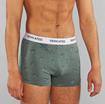 Ondergoed
Ondergoed  Sokken
Sokken 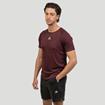 Sportkleding
Sportkleding 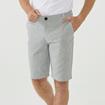 Korte broeken & shorts
Korte broeken & shorts 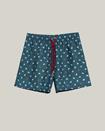 Zwemkleding
Zwemkleding  Lounge & nachtkleding
Lounge & nachtkleding 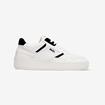 Sneakers
Sneakers 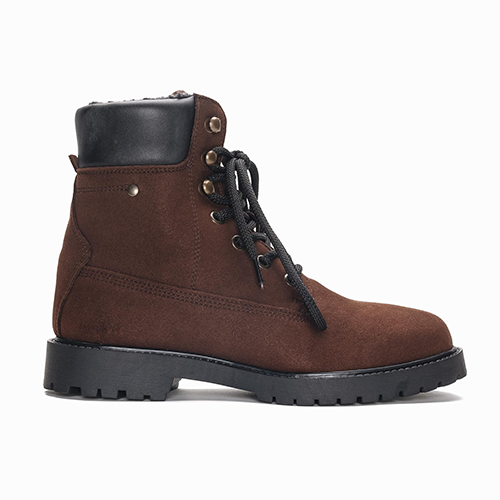 Laarzen & boots
Laarzen & boots 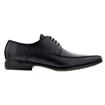 Nette schoenen
Nette schoenen 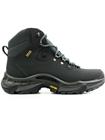 Wandelschoenen & sportschoenen
Wandelschoenen & sportschoenen  Pantoffels
Pantoffels  Loafers & instappers
Loafers & instappers 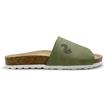 Slippers & sandalen
Slippers & sandalen 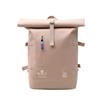
 Rugzakken
Rugzakken 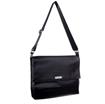 Schoudertassen
Schoudertassen 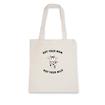 Katoenen tassen
Katoenen tassen 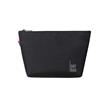 Toilettassen
Toilettassen 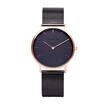
.jpg) Mutsen & petten
Mutsen & petten 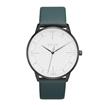 Horloges
Horloges  Riemen
Riemen 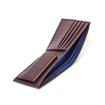 Portemonnees
Portemonnees  Vlinderdassen
Vlinderdassen  Zonnebrillen
Zonnebrillen 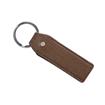 Sleutelhangers
Sleutelhangers 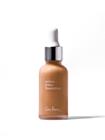
 Bronzer
Bronzer 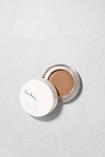 Concealer
Concealer  Poeder
Poeder  Blush
Blush  Highlighter
Highlighter 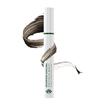
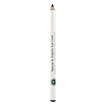 Eyeliner & oogpotlood
Eyeliner & oogpotlood 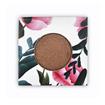 Oogschaduw
Oogschaduw 

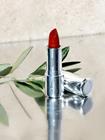 Lipstick
Lipstick 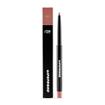 Lipliner
Lipliner  Lippenbalsem
Lippenbalsem 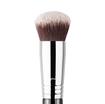

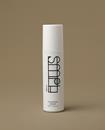 Gezichtsreiniger
Gezichtsreiniger 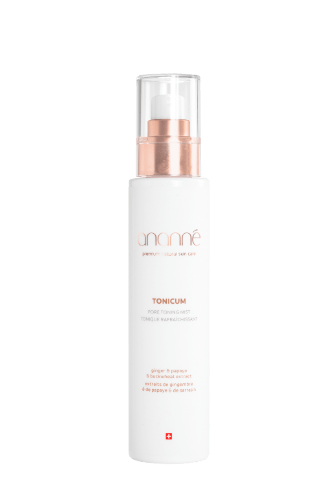 Toner
Toner 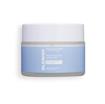 Exfoliant
Exfoliant  Serum
Serum 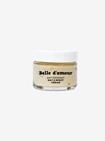 Moisturiser
Moisturiser 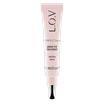 Oogcrème
Oogcrème  Gezichtsmaskers
Gezichtsmaskers 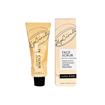 Gezichtsscrub
Gezichtsscrub 
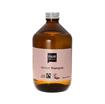 Shampoo
Shampoo  Conditioner
Conditioner 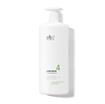 Haarverzorging
Haarverzorging 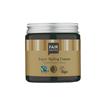 Haarstyling
Haarstyling 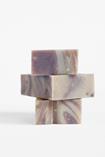
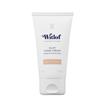 Handen & voeten
Handen & voeten 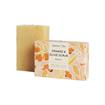 Bad & douche
Bad & douche  Bodylotion, butter & olie
Bodylotion, butter & olie 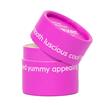 Deodorant
Deodorant  Mondverzorging
Mondverzorging 
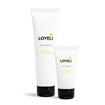


.jpg) Kaarsen & geurstokjes
Kaarsen & geurstokjes .jpg) Vazen & plantenpotten
Vazen & plantenpotten  Lampen
Lampen .jpg) Kussens
Kussens  Overige woondecoratie
Overige woondecoratie .jpg) Meubels
Meubels 
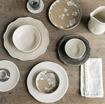 Tafelen
Tafelen .jpg) Keukengerei
Keukengerei .jpg) Voorraadpotten
Voorraadpotten 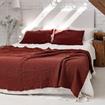
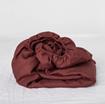 Lakens
Lakens  Dekbedovertrekken
Dekbedovertrekken 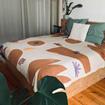 Plaids & dekentjes
Plaids & dekentjes 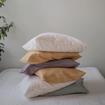 Kussenslopen
Kussenslopen 
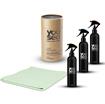 Schoonmaken
Schoonmaken 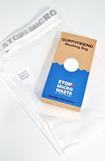 Waszakken
Waszakken .jpg)
.jpg)
.jpg) (Uitwisbare) notitieboeken
(Uitwisbare) notitieboeken 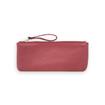 Etuis
Etuis .jpg)

 Kleding
Kleding 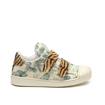 Schoenen
Schoenen  Tassen
Tassen 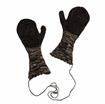 Accessoires
Accessoires 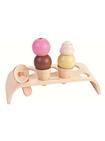 Speelgoed
Speelgoed 
 Kleding
Kleding  Accessoires
Accessoires 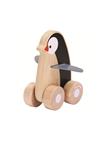 Speeltjes
Speeltjes